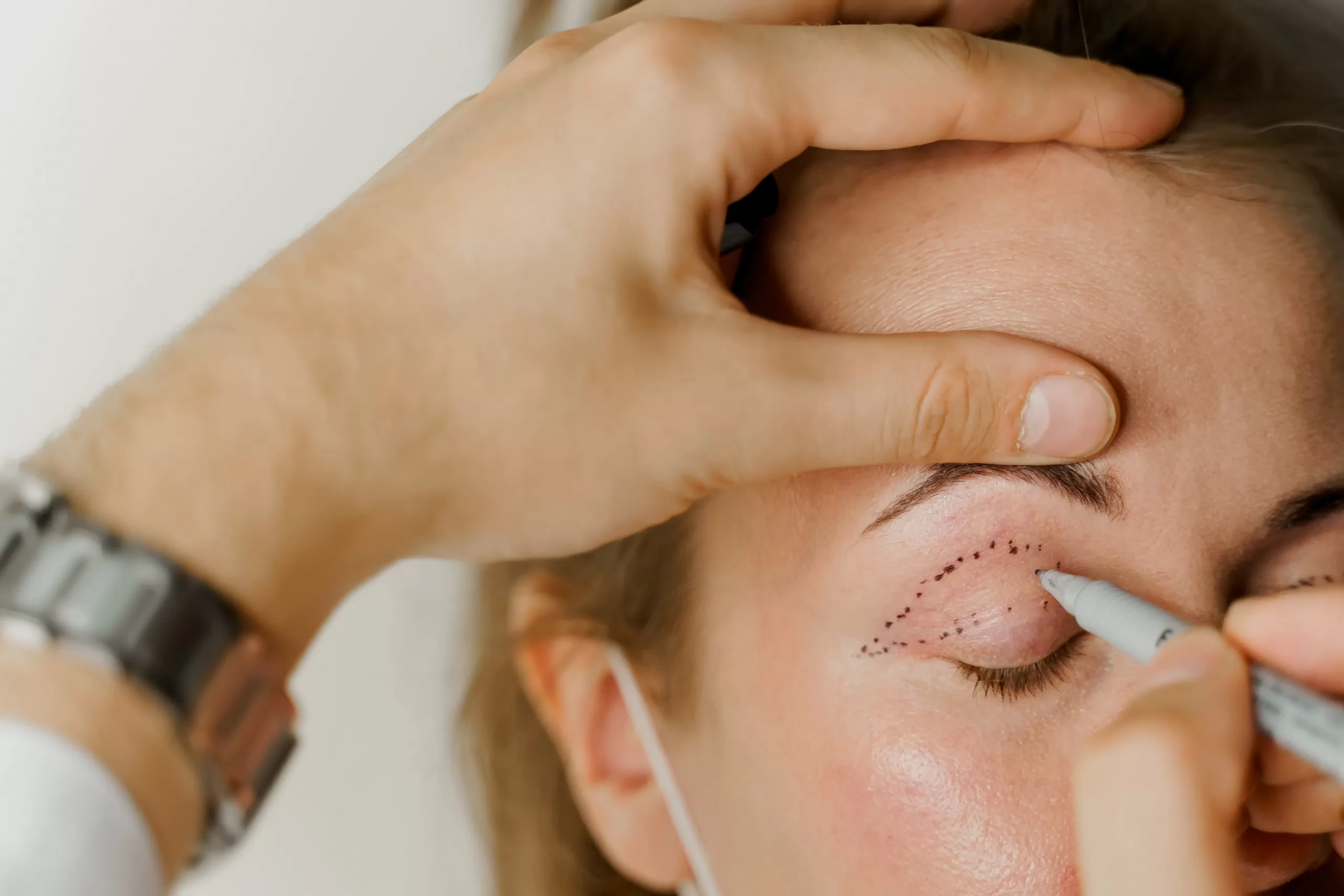How much radiation is in an X-ray?
Medically Reviewed by Dr Ali Zavery
Last updated on 14.06.2024
Are X-rays dangerous? And what about other scans?
This article is not meant to scare you. Every day medical imaging improves and even saves lives. The imaging tests your doctor requests are usually essential
- Each time you have an X-ray or a CT scan it exposes you to radiation
- This is a subject that is rarely mentioned by doctors when organising these tests
- It’s an accepted part of everyday practice to organise imaging without always talking about radiation – even though it really ought to be discussed
- This article explains the risks of different types of imaging
What is radiation?
- Radiation is the movement of invisible particles or waves full of energy that can pass at great speed through solid objects such as your body
- X-rays and CT scans work by measuring how these move through your body – effectively detecting how many are absorbed by your bones and soft tissues and how many are not
- Every day you’re exposed to “background radiation”
- You can’t avoid it because it’s all around you in the natural world
- It’s equivalent to about 1 chest X-ray every 15 days
How much radiation is in an X-ray? What about other types of scans?
- Radiation is measured in units called “millisieverts”, which is abbreviated to “mSv”
- The background radiation you’re exposed to is, on average, about 2.5mSv per year
- This varies from place to place
- Ultrasound scans
- Zero radiation exposure
- MRI scans
- Zero radiation exposure
- Radiation from X-rays
- An arm, a leg or a joint: 0.001 mSv, or 0.15 days of background radiation
- Dental: 0.01 (1.5 days)
- Chest: 0.1 (15 days)
- Mammogram 0.4 (58 days)
- Abdomen 0.7 (102 days)
- Lumbar spine: 1.5 (219 days)
- Bone density scan (DEXA): 0.001 (0.15 days)
- Radiation from CT scans
- Head: 2 (292 days)
- Spine: 6 (2.4 years)
- Pelvis: 6 (2.4 years)
- Chest: 7 (2.8 years)
- Abdomen: 8 (3.2 years)
- Angiogram: 16 (6.4 years)
- Whole body: More than 20 (More than 8 years)
- Nuclear cardiac stress test: 40.7 (16.3 years)
- If your investigation is not on this list, your doctor should be happy to discuss the radiation exposure with you
What are the risks of radiation?
- It’s thought that all radiation causes damage to the cells of your body
- The low-level background radiation and small additional doses don’t usually amount to enough to do any significant harm
- As explained above, you can’t avoid all radiation
- You can, however, limit your exposure
- Repeated or large exposures to radiation probably build up to increase the risk of damage to your cells
- Damage to your cells leads to an increased risk of developing cancer over time
- The exact risks of radiation from X-rays or other types of imaging are hard to quantify
- An Australian study from 2013 found that for every 1800 children (age under 20) given a CT scan an additional 1 cancer case occurred within 10 years of the scan
- i.e. 1 in 1800 CT scans in children will cause a cancer within 10 years
What types of cancer can radiation cause?
Our understanding mainly comes from studying survivors of the radiation released by the atomic bombs of Hiroshima and Nagasaki and by the nuclear reactor accident at Chernobyl. Radiation exposure is linked to an increased risk of:
- Certain types of leukaemia
- Multiple myeloma
- Thyroid cancer
- Bladder cancer
- Breast cancer
- Lung cancer
- Ovarian cancer
- Colon cancer
- Oesophageal cancer
- Stomach cancer
- Liver cancer
- Lymphoma
- Certain types of skin cancer
Should I have my imaging test done?
- You should not go to clinics looking to get imaging investigations – they should only ever be done if there is a specific reason to investigate
- You should be more wary of imaging if you’re pregnant
- There is a higher risk of radiation to the fetus than to an adult
- This is most significant before 20 weeks of pregnancy
- Where possible, you should cover your tummy with a lead apron during the imaging
- Radiation is more harmful to children than to adults
- Some imaging tests are essential and even life-saving
- If you’re in doubt that the test you have planned is essential, you should feel comfortable discussing your concerns with your doctor
Article Resources
What is a hysterectomy and when is it needed?
What is a hysterectomy and when is it needed? A hysterectomy is a surgical procedure to remove a woman's uterus (womb), usually performed by a gynaecologist. It is commonly [...]
Eyelid cosmetic surgery
Is Eyelid Cosmetic Surgery Right for You? Are your eyelids feeling heavy? Do they affect your vision, making everything blurry or giving you a sense of constant fatigue? Do [...]
How to get the most out of your doctor’s appointment
How to get the most out of your doctor’s appointment Have you had a bad experience with doctors? Are you nervous about your next doctor’s appointment? Whether you are [...]






